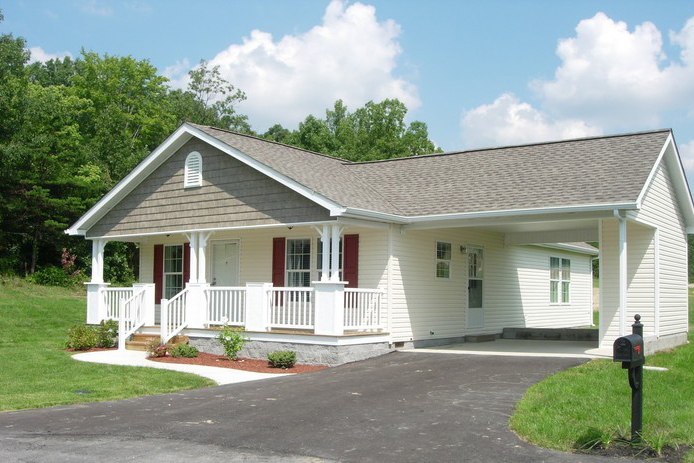
Sherry Redmon likes getting customer calls these days. The south Kentucky dealer of manufactured homes finds folks who bought models that meet Energy Star efficiency standards are “overjoyed” and “anticipating major savings.”
One buyer in particular called “bragging on his utility bill,” said Redmon. He told her his air-conditioning bill came out to $90 a month for his new 1,568 square-foot, 3-bedroom home. “He was tickled with his bills.”
Redmon, whose husband Greg is a director at South Kentucky RECC in Somerset, described the home’s efficiency requirements, such as thick insulation and an efficient heat pump.
“We package it into the deal for them. It’s not like they even notice there is any difference” in price for a qualifying Energy Star manufactured home, she said.
More savings might be in store as NRECA and co-ops urge the Department of Energy to finalize new energy-efficiency standards for manufactured homes.
A national standard setting energy efficiency for manufactured homes will save money for co-ops and their members because drafty housing forces utilities to build more generation or buy expensive electricity on the open market.
The standards are expected to reduce demand from manufactured houses by more than 25 percent, NRECA and other advocates told DOE.
“The energy efficiency of new manufactured homes is going to be very high, just as efficient as a new well-built site home,” said Scott Drake, manager of cooperative technical services at East Kentucky Power Cooperative in Winchester.
With Energy Star certification, EKPC members’ top winter heating bills should be around $250 for a manufactured home for a family of four during peak demand.
“If greater energy efficiency is practiced and homeowners install a heat pump, they could see savings in the wintertime of $150 to $200 a month,” said Josh Littrell, EKPC’s demand-side management program manager.
Without energy efficiencies and a heat pump, co-op members who live in manufactured homes have seen winter electricity bills between $450 and $600 a month, according to EKPC.
“It’s not uncommon to get a new owner of a manufactured home to call the co-op thinking there is something wrong with the meter,” said Littrell.
Co-ops that get high energy bill complaints might send trucks and staff to members’ home to determine that the meter was read correctly and perhaps do an energy audit. “It is expensive to offer that service,” added Drake. A federal standard for manufactured housing will provide “another cost savings for co-ops if energy efficiency is taken care of up front.”
More than a quarter of EKPC’s 1.1 million members live in manufactured housing. The generation and transmission co-op, which serves 16 electric distribution co-ops, began offering the Energy Star Manufactured Home program in 2014.
So far, 40 manufactured homes enrolled in the efficiency program and are set to undergo their first full winter.
The co-op spends $1,750 per home upgrade. That involves $1,250 toward insulation of the shell of the home and $500 for a heat pump upgrade.
Until energy efficiency is standard across manufactured home construction, co-ops will continue to be challenged to satisfy homebuyers that efficiency investments are well worth it.
“Most folks are buying that home and looking at their mortgage payment—their bottom line—and looking past the offer of an energy efficiency upgrade that would be a minimal charge in their monthly payment for the manufactured home,” said Littrell. “Then they get to winter.”